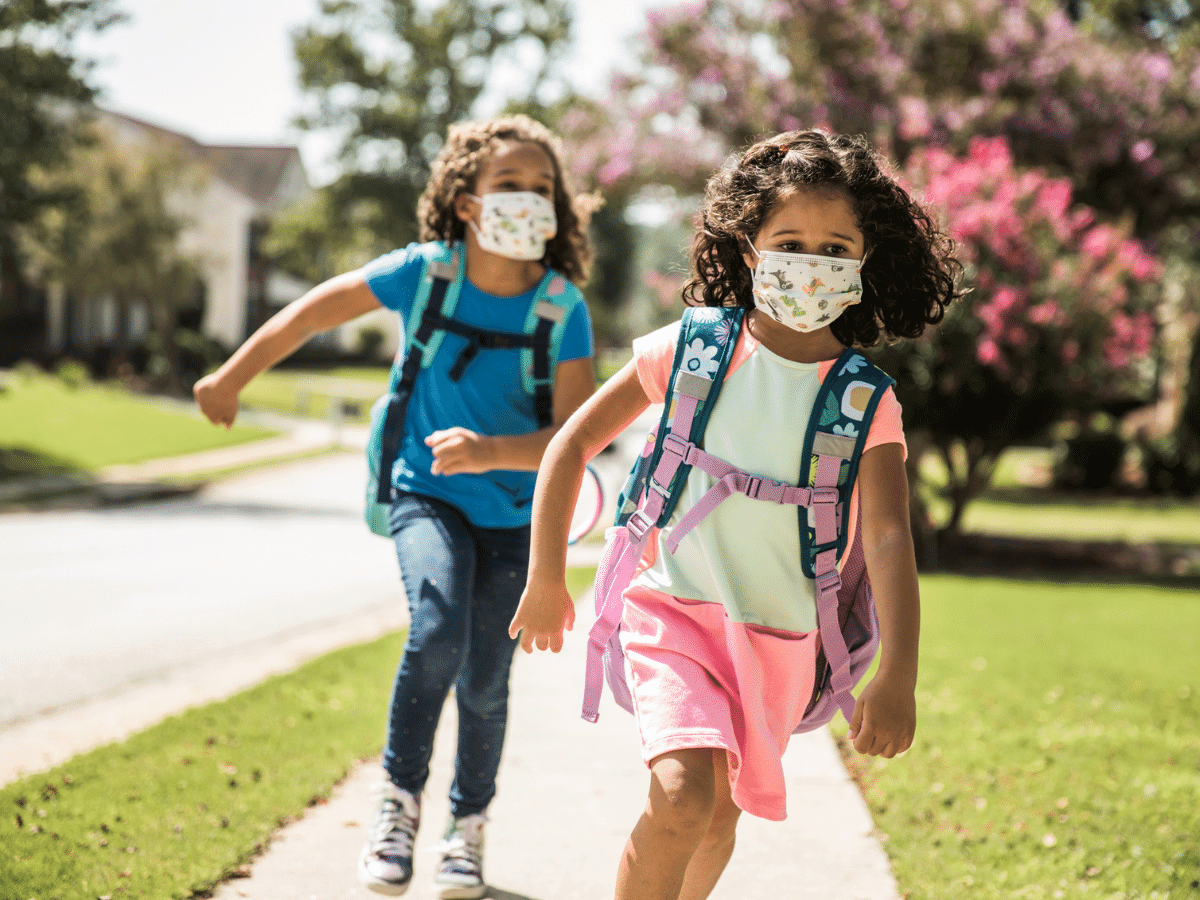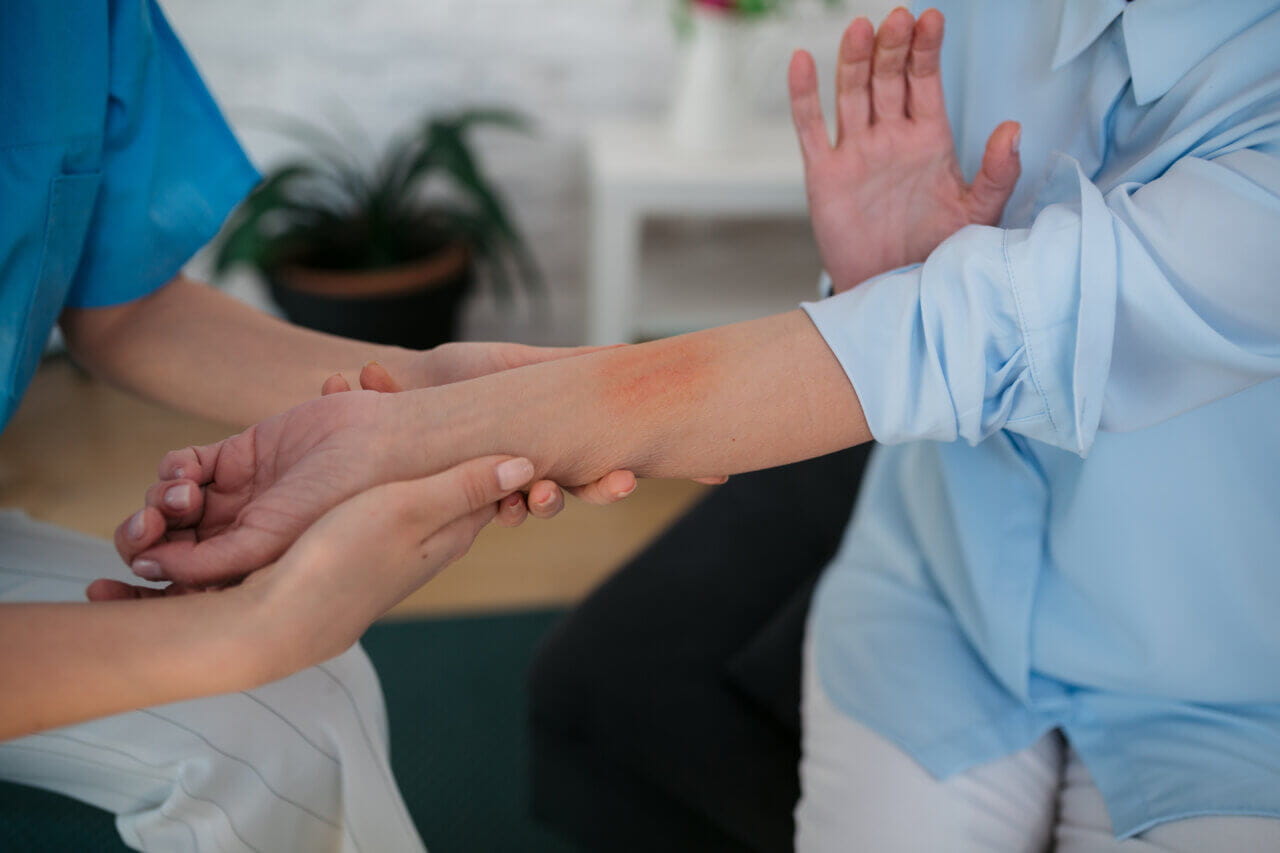Common School-Spread Illnesses

Most families know that back-to-school time also means back-to-doctor time. That’s because, when kids gather onto school buses and into classrooms, they’re exposed to lots of new germs.
Here are some of the most common ailments:
- The common cold. On average, children catch between 6 and 8 colds per year. The best way to avoid them is to teach kids to wash their hands and avoid touching their nose and eyes. Also, have your child bring their own package of tissues to school to avoid touching the germy classroom box.
- Head lice. It’s common, creepy and largely preventable. Head lice are tiny bugs that live on the scalp and spread easily from person-to-person through direct contact with an infected person’s hair, brush, hat or anything else that comes in contact with lice. Teach your child to never share anything that touches anyone’s head. Inspect hair frequently for lice and nits (lice eggs that look like white specks and cling to the base of the hair shaft), and contact your pediatrician for advice on how to get rid of it.
- Pink eye (conjunctivitis). This highly contagious eye infection causes the clear lining of the eyeball to become inflamed, red, itchy and sticky. Pink eye is often caused by a viral infection, which heals on its own within a few days. Sometimes, it’s caused by a bacterial infection, which can be treated with antibiotic eye drops prescribed by your doctor. Teach your child to avoid touching their eyes and to wash their hands frequently.
- Strep throat. Caused by Group A Streptococcus bacteria, this is the most common bacterial throat infection. Symptoms usually start within 2-5 days after exposure and might include a severe sore throat, fever, red throat with white patches, chills, aches and pains, fatigue and rash. Your child’s doctor can take a swab sample of the throat and do a rapid culture in their office. If the culture is positive, they’ll prescribe antibiotics and your child can usually go back to school within a couple of days.
- Hand, foot and mouth disease. This is a common viral illness that usually affects infants and children younger than 5 years old. Symptoms include fever, blister-like sores in the mouth and a skin rash. There’s no specific treatment for this virus, which clears up on its own within a week or two. The best way to prevent catching it is with frequent, thorough hand washing. And be sure to keep your child home from school until all symptoms are clear.
- The flu. Influenza is a contagious viral respiratory infection that causes mild to severe symptoms and in rare cases, can even cause death. Symptoms include fever, cough, sore throat, runny nose, body aches and pains, extreme fatigue, severe headache and, in some (but not most) cases, vomiting and diarrhea. The best way to avoid getting the flu is with an annual flu vaccine. If your child comes home with a bug, check in with your doctor and keep them home until they are no longer contagious.
Get Care With Baptist Health
Baptist Health providers are available in-person or online 24/7 with Baptist Health Virtual Care. Get the care your family needs when and where you need it most. Start today by finding a primary care provider near you, or get care now with a Baptist Health Virtual Care visit on your computer or mobile device.
Next Steps and Useful Resources:
Find a Primary Care Provider
Back-to-School Breakfast Tips
Your Child’s Heavy Backpack May Be a Safety Concern
4 Safety Tips for Packing School Lunches



